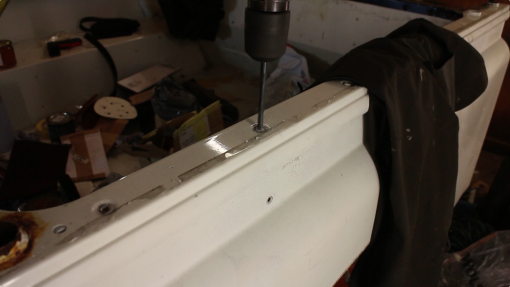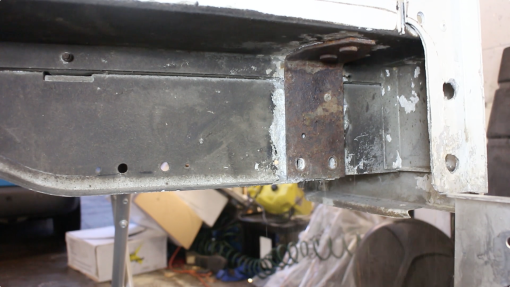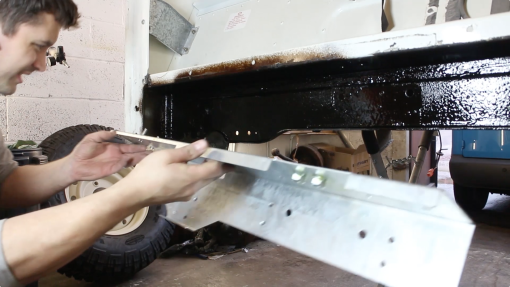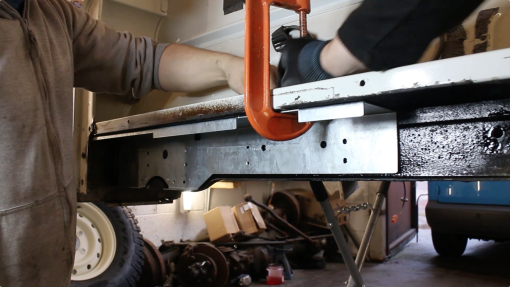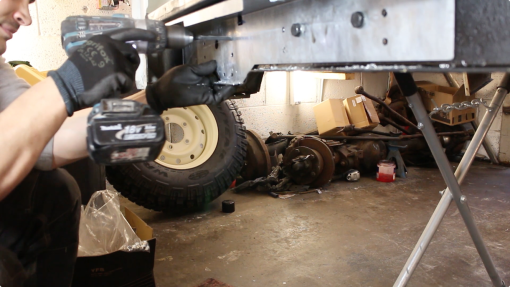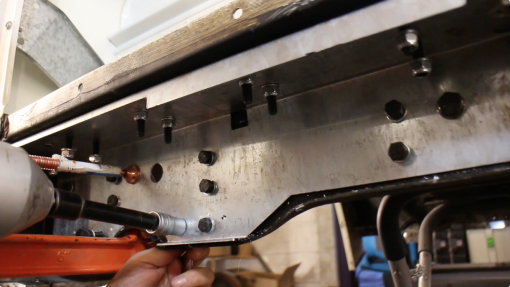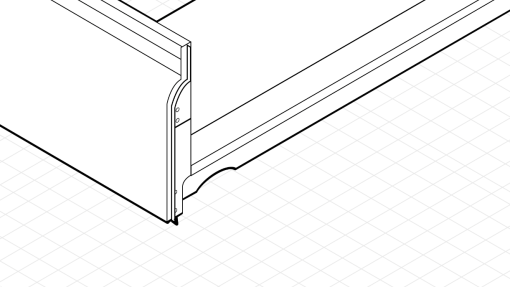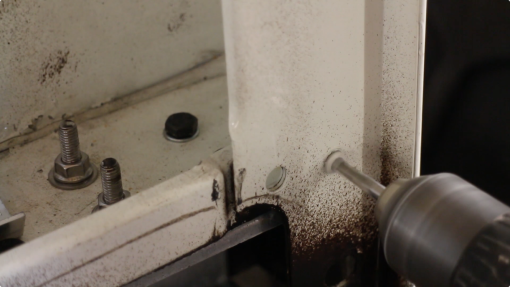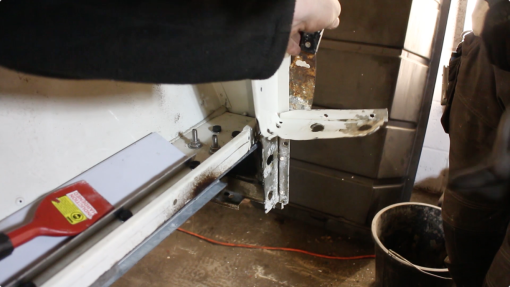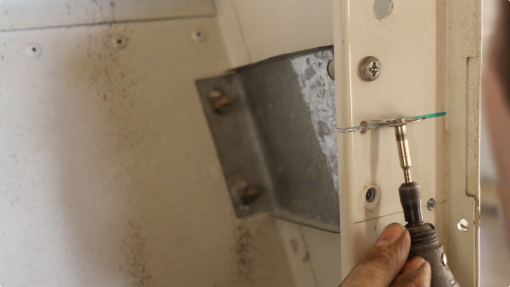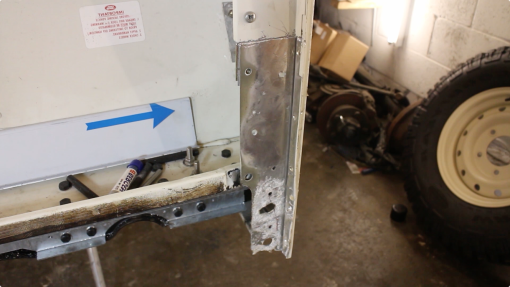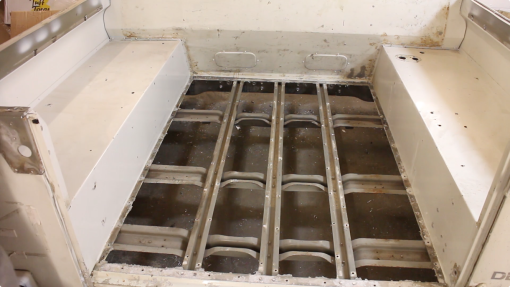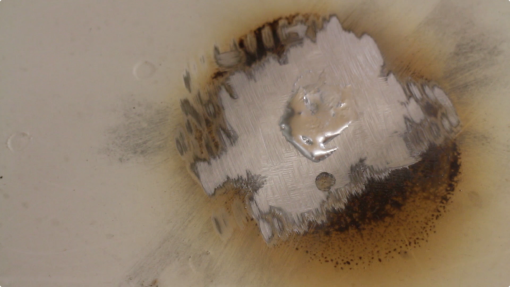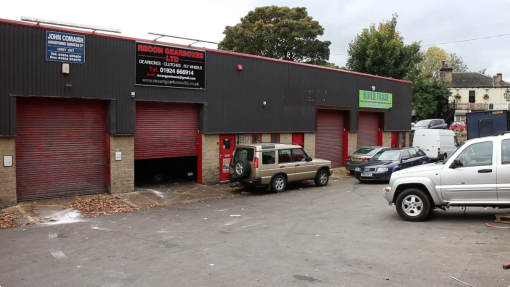
This week, we headed over to a local gearbox specialist to get our R380 stripped down and inspected.

Here it is after we dropped it off, looking a little sad. The plan is to have it inspected, have all bearings & seals replaced then the outer cases will be fully cleaned and painted before reassembly.
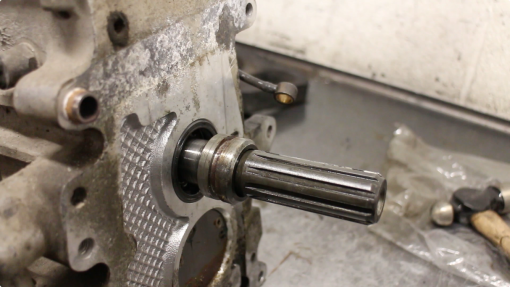
If you look in the R380 manual, it lists the tools need to remove this oil selector collar:
LRT-37-009 and
LRT-37-010

Glenn then removed the foam insulation that sits in the tunnel over the gear selector housing and gear knobs. He then went on to remove the extension housing upper bolts, the ones that go through the remote and gear change housing.
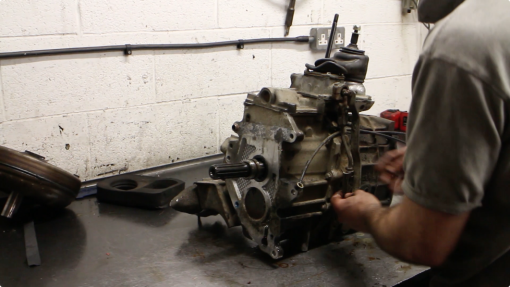
The high low and centre diff lock linkages were also removed as were the breather pipes that were still bundled with the gearbox.
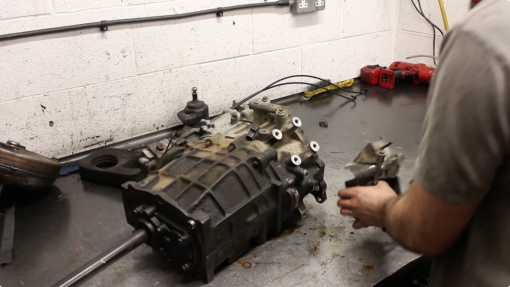
Next Glenn removed the 4 bolts left on the remaining gearbox mounting bracket.

The remote housing was then free to remove.
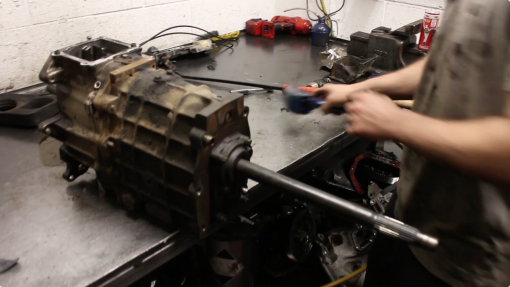
The front cover is held on with 6 bolts. This can be tapped loose using a soft faced hammer.
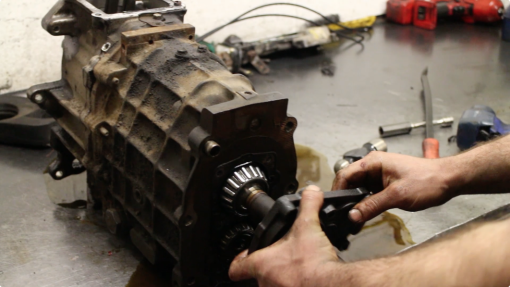
The input shaft front taper bearing is in good condition
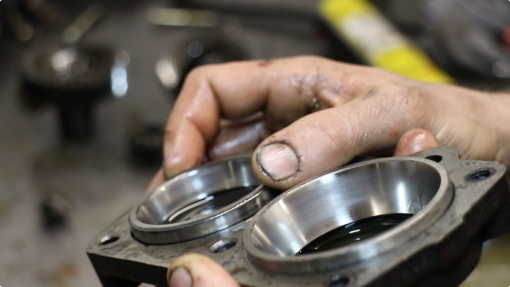
The bearing races themselves though have a little scoring, only light - but then this gearbox has covered 75 thousand miles.
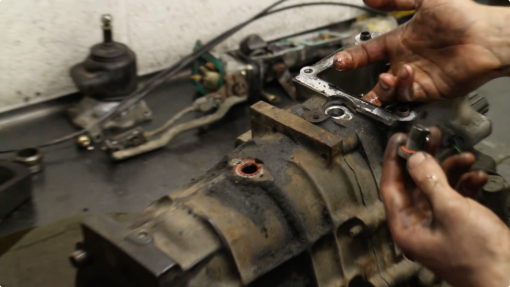
The spool retainers also need removing, there's one in the gearcase and one in the extension housing.

Next out comes the inhibitor camshaft, then Glenn removed the bolts holding the extension housing to the centre plate and gearcase.
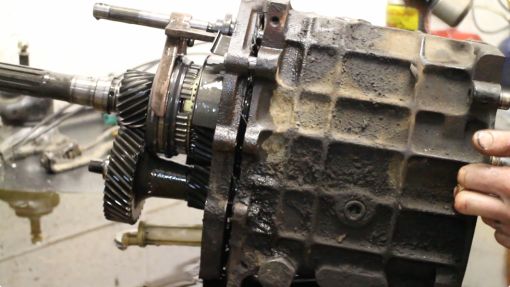
The outer Detent ball and spring need removing, these have a torx screw holding them in on this box. After a liberal spray of penetrating fluid and heating with a propane torch, this came out much easier. The detent ball and spring can be retrieved with a magnet. The gearcase and extension housing are then separated, before removing the selector quadrant and completely splitting the outer cases.
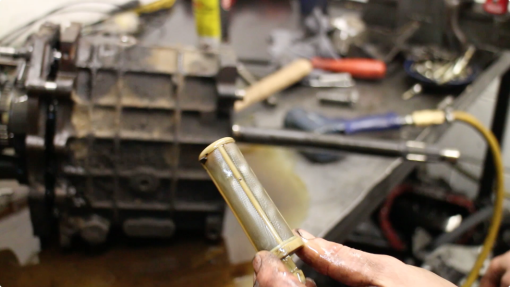
The oil filter was retrieved and appeared to be in good condition
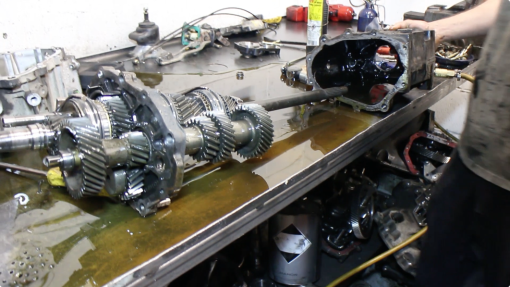
And that's the internals removed.

The bank / synchro rings are also in decent condition, they haven't worn sharp.
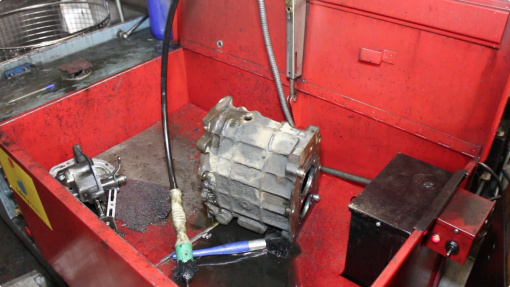
The housings are then put into the parts washer and a hot wash tank for a thorough degrease before painting.
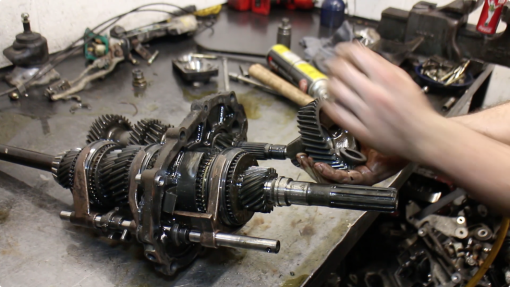
On the gearbox internals, glenn first removes the 5th gear nut - then the layshaft 5th gear

Before moving onto the mainshaft and removing the mainshaft 5th. The syncro here was in excellent condition. After removing the 5th gear, you need to remove the circlip that holds the Reverse/5th gear synchro hub and sleeve in place, then the hub itself.


Reverse gear comes off next.
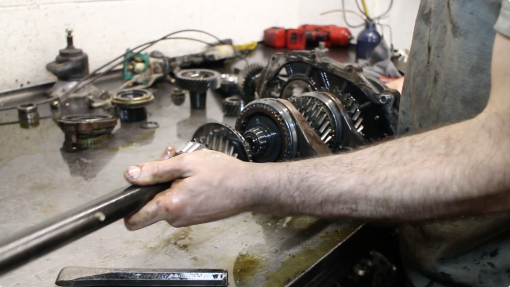
The input shaft slides off now along with the 4th gear syncro ring.
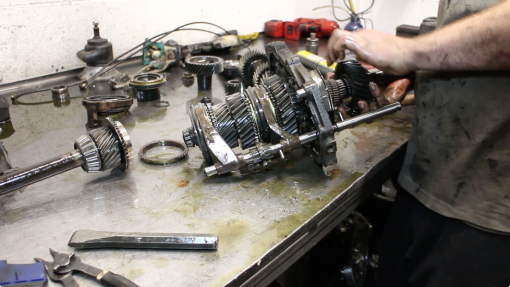
Then reverse comes off.
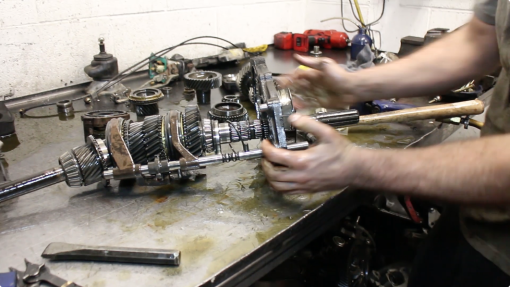
When taking the center plate off, watch out for the lower detent spring and ball. The Selector fork and shaft can be removed next and that’s the gearbox done. It’ll then be cleaned, any worn parts replaced and painted - we should be able to pick that up in the next episode!
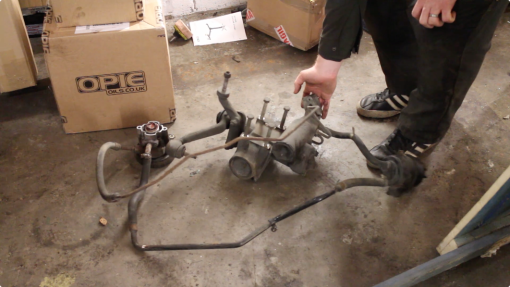
Back at FunRover HQ - we’re working on the steering box. We purchased a recon steering box as the old one would make quite a grumble as it was turned from lock to lock. This was supplied by
LrParts.net. Once this is fitted, we can send the old one back, it’s a neat way of saving cash and recycling Land Rover parts. Empty as much steering fluid out the system as you can. Will need to be centred and bled and the torque will be rechecked after our shake down drive.
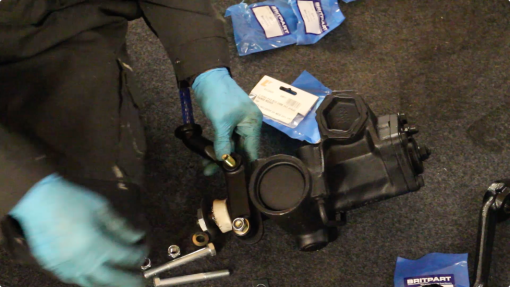
Adding the tie bar

This can be lifted into place and bolted up, it's much easier if there are 2 of you.

One shot grease was added to the swivel housings. It was necessary to remove the steering stop locks to turn the housing past the end of the swivel ball. This allows you to insert the grease bag filling tube right into the housing and get the grease in the right place, rather than it spewing back out all over.

Next, we moved onto the TD5 lump. This needs cleaning up, as we're going to paint and polish it. Unnecessary? Perhaps, but it would look out of place in the build if we had a dirty old engine.

First off, I started by removing all hoses.

Some of the pipes had quite an amount of corrosion in them.
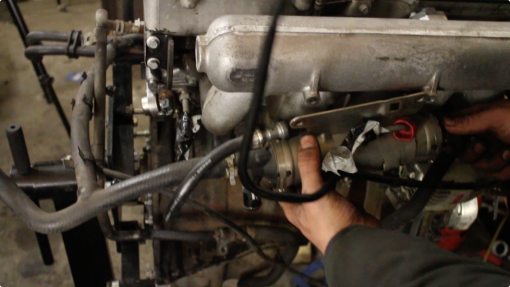
Next, the fuel cooler was removed. It's helpful to put bolts back in their respective holes so you can remember where they came from later.
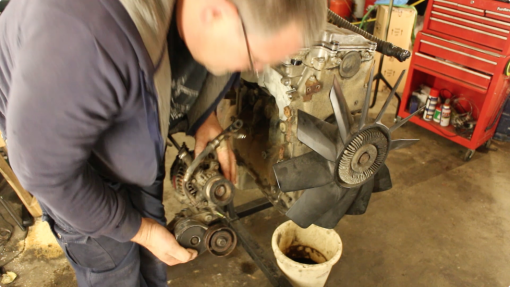
The Alternator and associated belt pulleys were next.
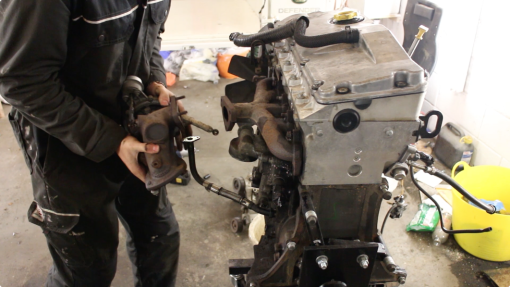
The turbo came off afterwards, revealing the all too common snapped exhaust manifold stud problem. Not one stud had snapped but two!

The answer is to get the manifold machined flat (as it has warped due to the exhaust gas temperatures) then have some of the casting removed to help it flex little. We'll also fit longer, more heavy duty studs with spacers and this should stop it ever happening again.




































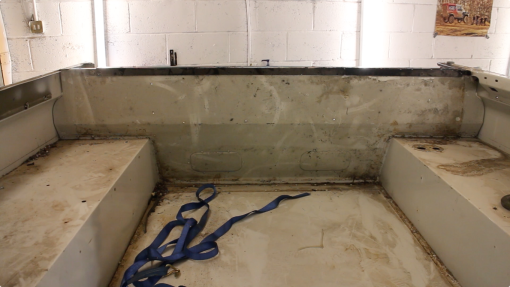
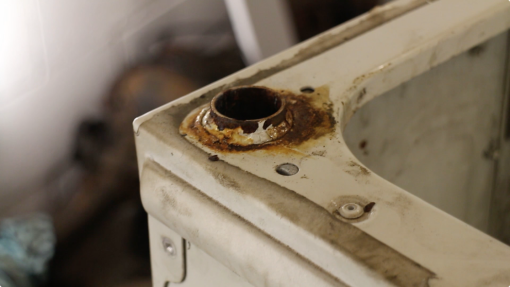
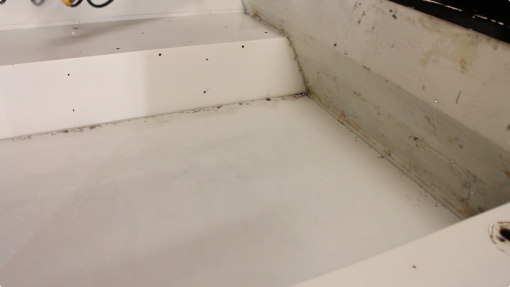
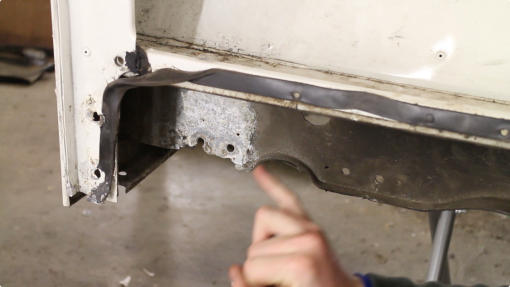
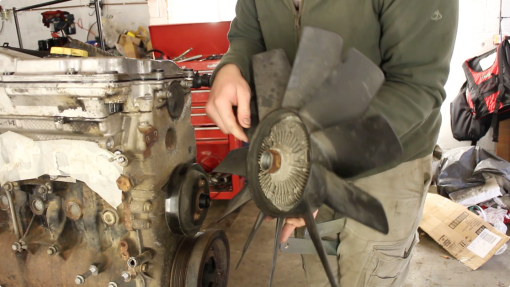






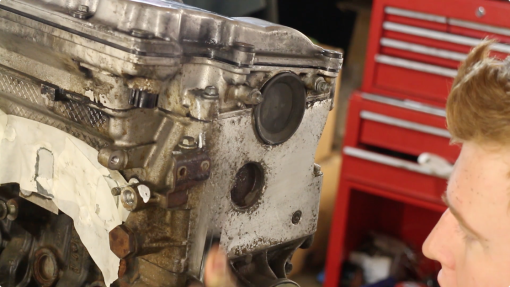
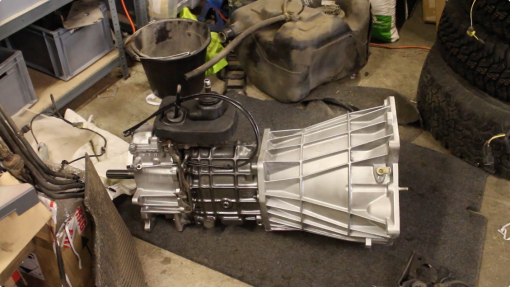
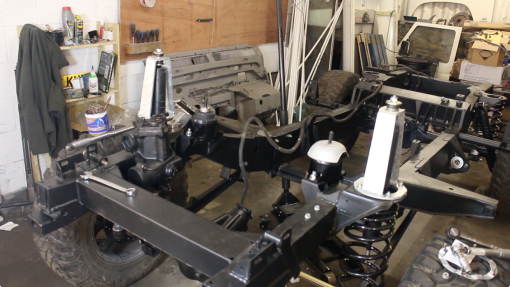
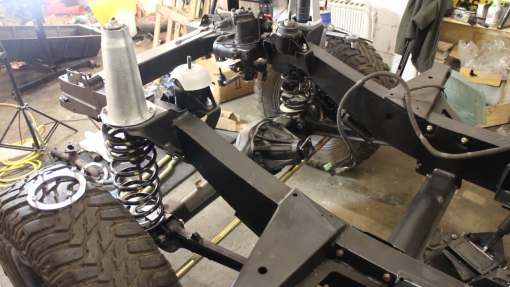
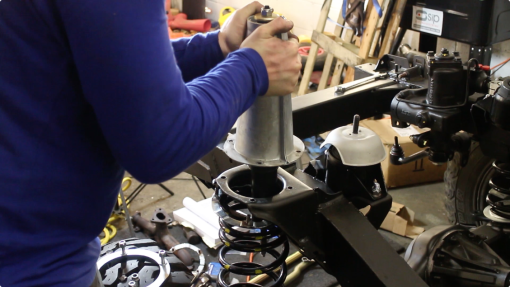



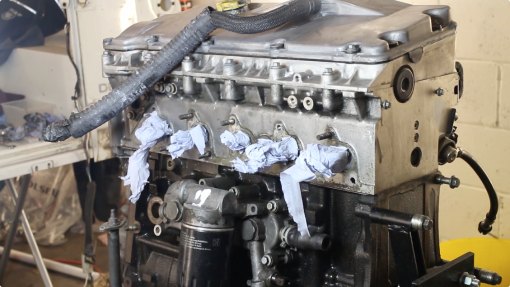
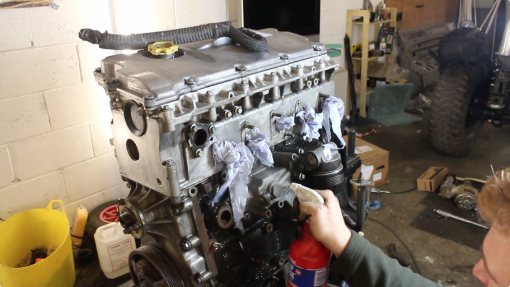


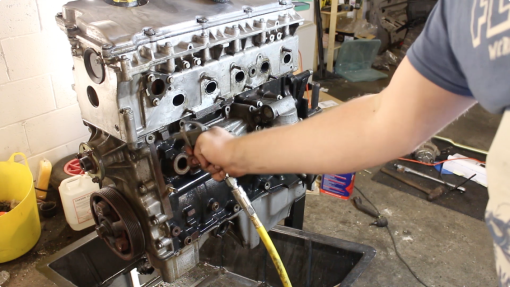

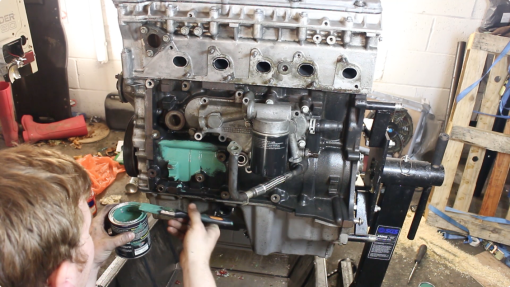
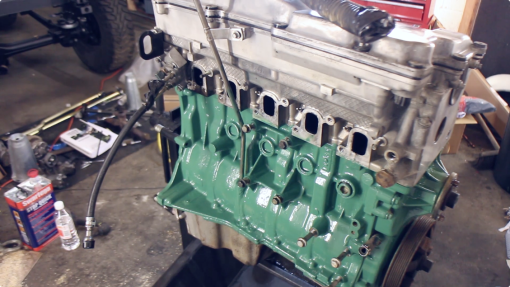
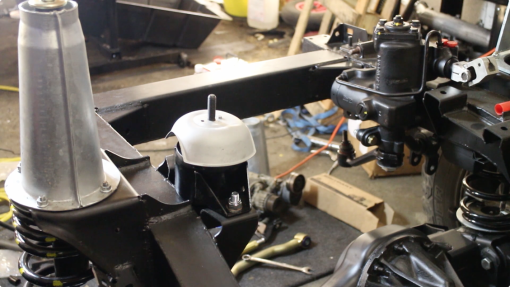

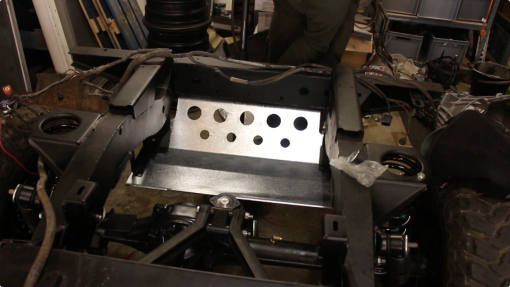
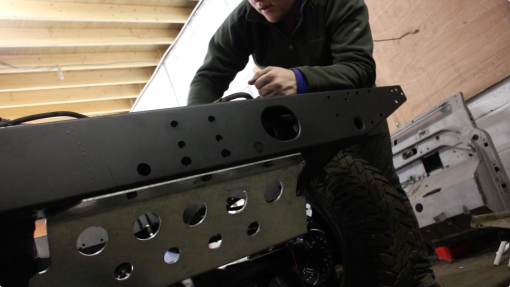


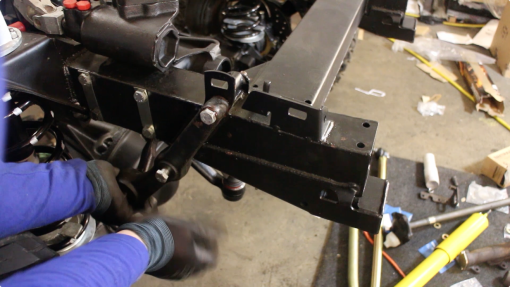

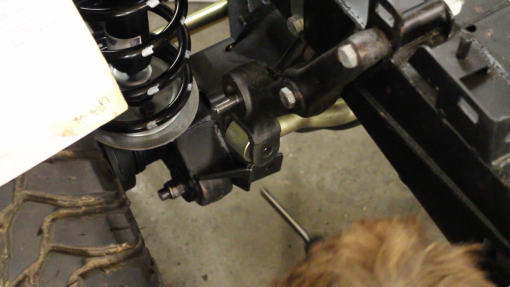

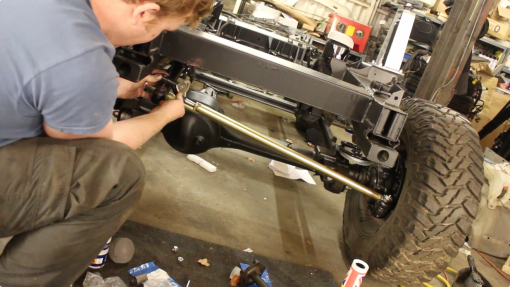

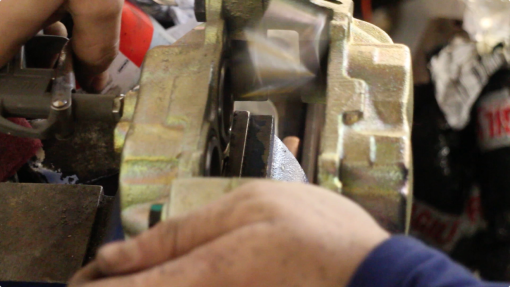

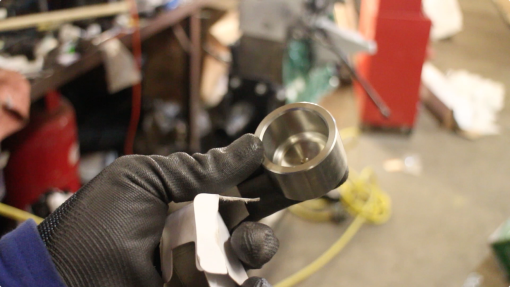


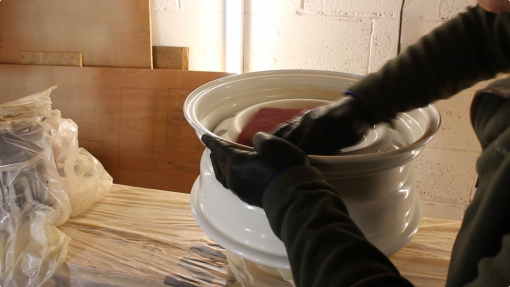
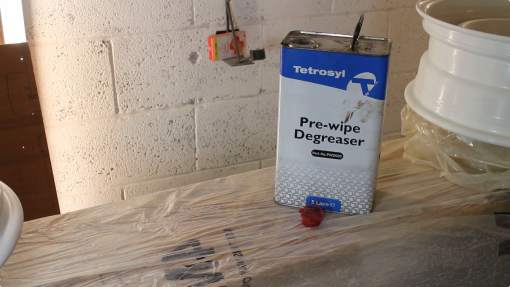
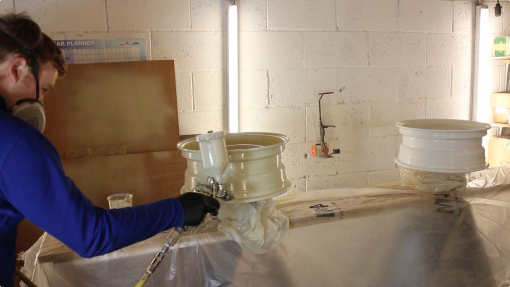
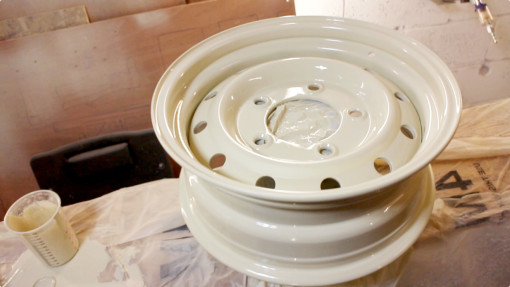



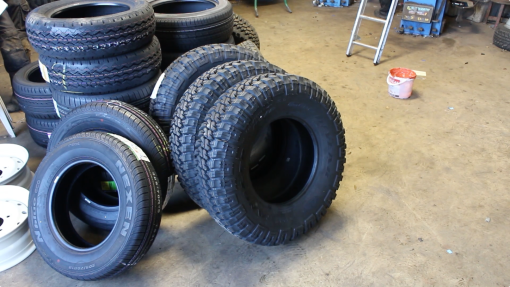

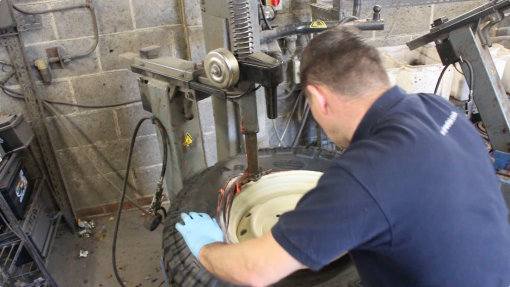
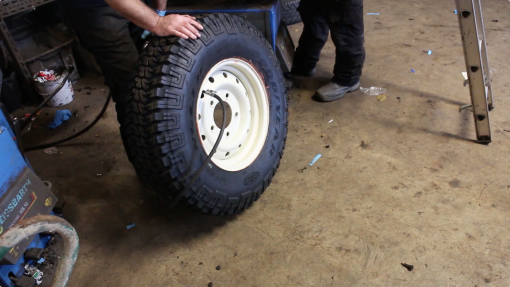

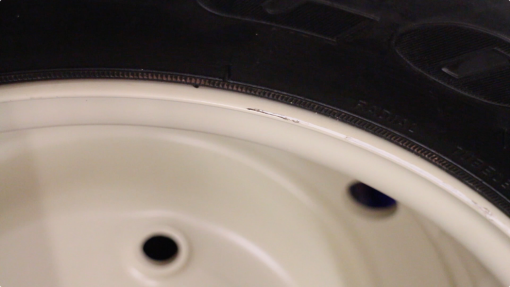
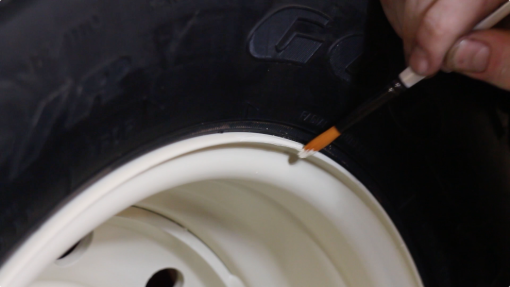

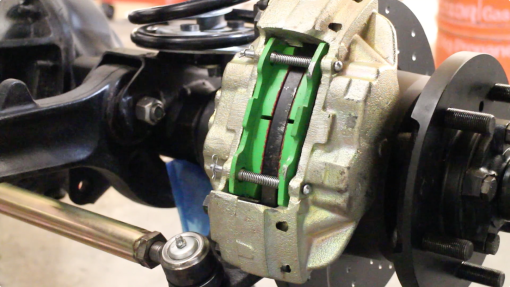
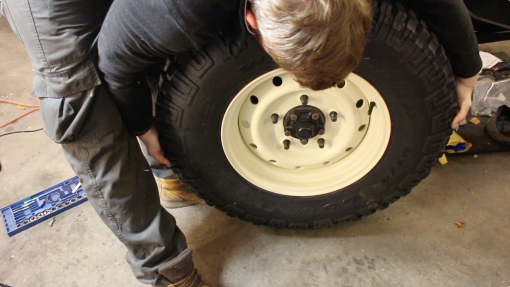

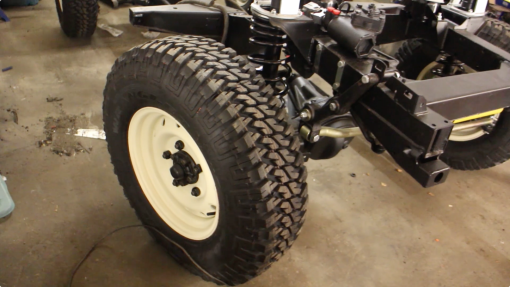

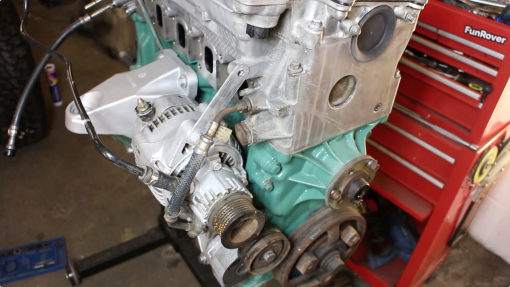


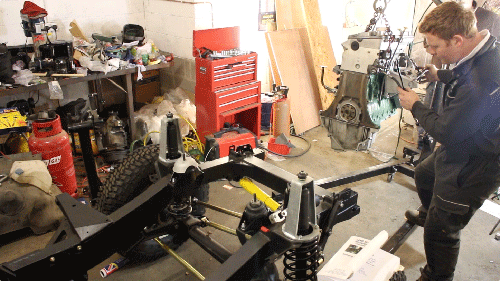
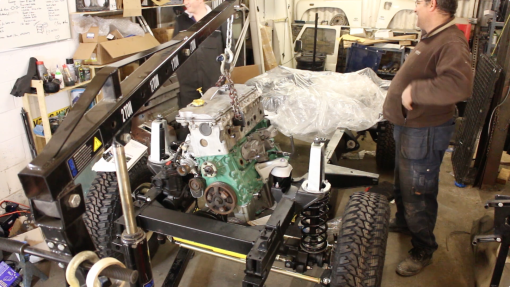
think ya need to get a wiggle on to be done for the 1st of jan
, all faith in ya
keep up the great work and the the vids, and good luck fella.

might be more of a hindrances than help, lol, even though i am mechanicly minded, never worked on a landy, or owned one,
am happy reading and watching other peoples threads/vids of there amazing rebuilds.

